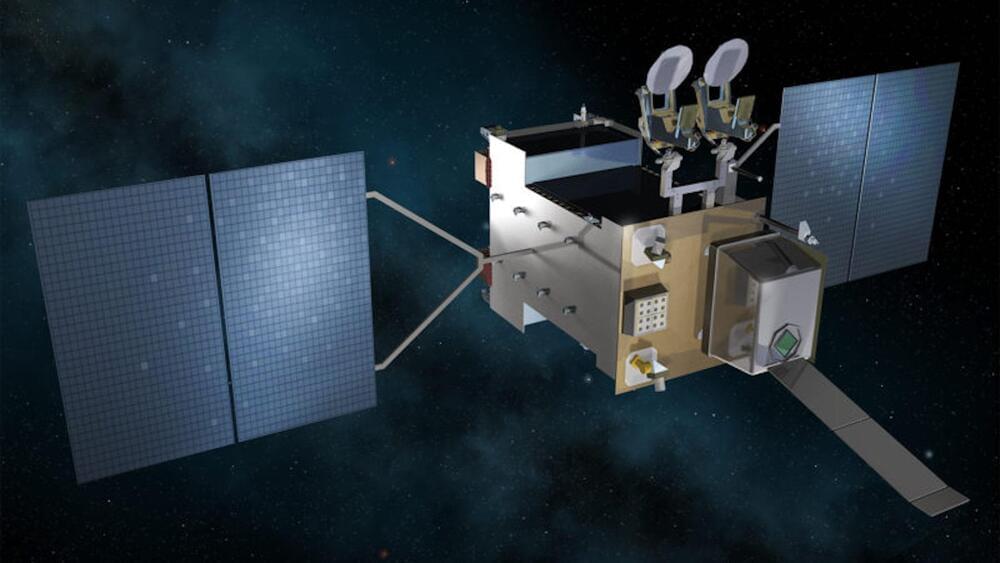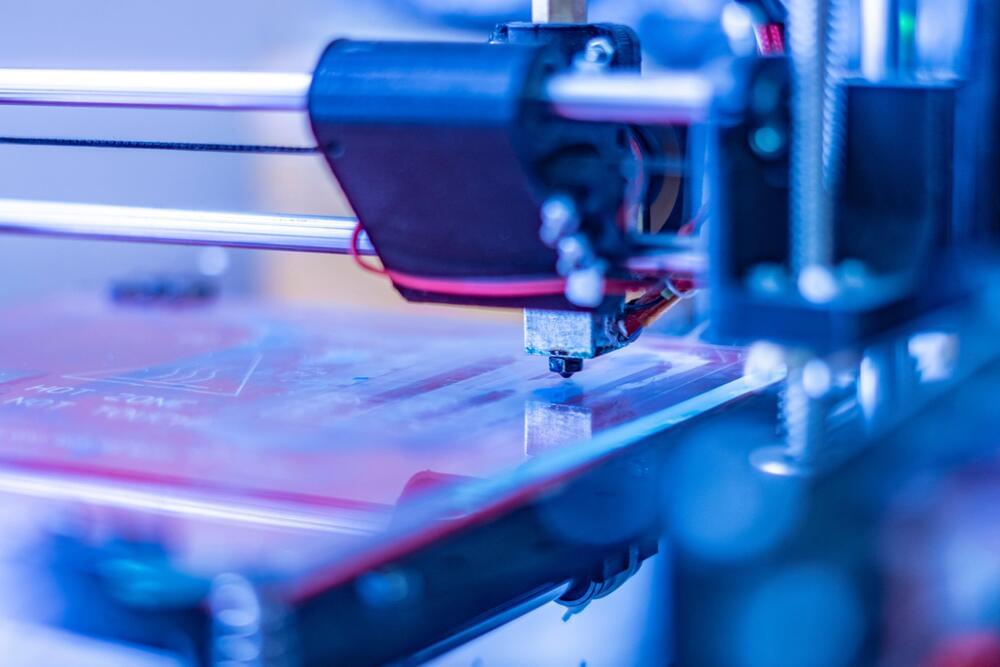A newly developed, water-activated disposable paper battery promises to make a big impact on single-use electronics – those temporary gadgets used in medical and industrial fields where electronic waste can quickly start piling up.
The battery that has been demonstrated by researchers is biodegradable, made from sustainable materials, and cheap to put together. What’s more, it can be produced in a variety of shapes and sizes as needed.
To give an idea of the power, a two-cell battery made using the technology was enough to power an LCD alarm clock. While it won’t be charging up your laptop anytime soon, there’s lots of potential for low-powered sensors and trackers.








